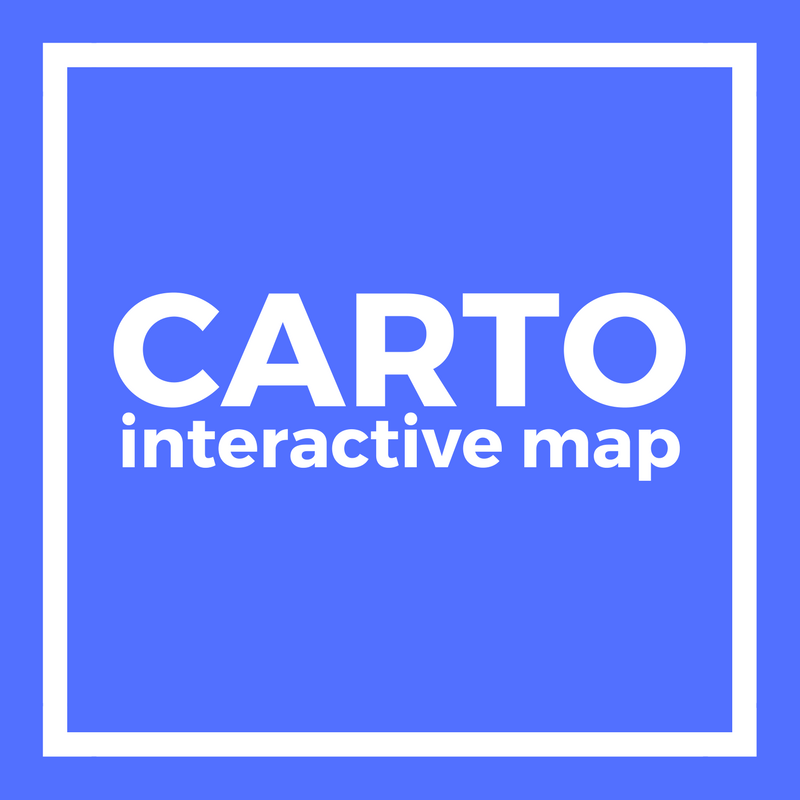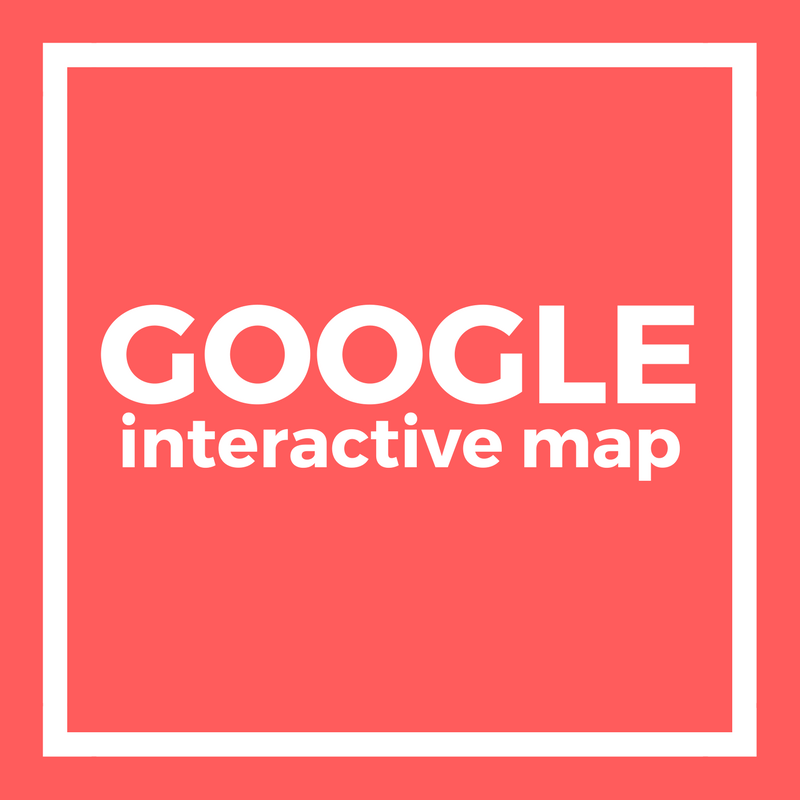Mapping the Potential of Public Space
 |
 |
 |
MAPPING SOCIAL SPACES AT UBC
In 2015, a group of geography students worked on the Social Mapping Project with Campus and Community Planning and SEEDS to research the physical, environmental, social, historical, and potential uses of public spaces around UBC. The Mapping the Potential of Public Space project is an interactive map that visually represents the attributes of the public spaces described by the UBC SEEDS Social Mapping Project. This interactive map will help further the process of realizing the social potential of public spaces on campus.
DATA PROCESSING
To create this interactive map, data was acquired from the Mapping Social Spaces report and from UBCGeodata on github. The matrix data that contained all the physical, social, environmental, historical, and recommendation attributes were attained from the Mapping Social Spaces report. The “mapped spaces” and “programming map” data from the same report was used to build the polygons for the interactive map. Because some of the social spaces in the report were incorrectly named, the “ubcv_outdoorplaces” dataset from UBCGeodata on github was used to find the original names of these spaces.
Each programming recommendation was sorted into the following categories: Art, Athletics, Drainage Issue, First Nations, Food, Lighting, Markets and Booths, Music, Rain Cover, Seating, and Student Services and Clubs. Sorting the programming recommendations into categories allowed the creation of a more simplified legend on the final map. In addition, each programming recommendation became associated with a location name to allow the map user to more easily identify which public space the recommendation belonged to.
In ArcMap, the layers “Areas” and “Spaces” were created from on the “mapped spaces” data, and the “Programming” layer was created based on the “programming map” data. Because some of the names of the locations on the matrix were incorrect or too long, the “ubcv_outdoorplaces” dataset was used to cross reference and to give the spaces a more meaningful name. All the physical, environmental, social, historical, and recommendation attributes on the matrix were edited from bullet-point form to full sentences to ensure that the descriptions on the final map would appear more aesthetically pleasing. After joining all the tables in ArcMap, the “Areas”, “Spaces”, and “Programming” layers were exported as GeoJSON files to be imported into Carto Builder.
VISUALIZATION PROCESS
There are 3 layers on the interactive map: “Programming”, “Spaces”, and “Areas”. The “Programming” layer has been sorted by “Programming Type”, and assigned with different color values. The “Spaces” layer has been symbolized as black, to contrast the colorful polygons found in the “Programming” layer. All layers can be toggled on and off on the legend. A pop-up window feature has been added, to provide information on location names and programming types. To attain basic information about the names of the spaces or programming types, simply hover the mouse over the objects to view the pop-up. Clicking on the objects will show more detailed descriptions about the locations.
On the right-hand side of the map, two widgets have been added to allow the map user to sort the information by “Spaces” or by “Programming Recommendations”. The names listed in these widgets will change per the current map view. By clicking on a location in the “Spaces”, everything on the map will disappear except for the objects associated with that space. By clicking on a programming type in the “Programming Recommendations” widget, all objects on the map will disappear except for the objects associated with that programming type.
LIMITATIONS
There were several limitations to this project, the most significant of which was the inability to allow the public to add to the map by editing the features of public spaces. This feature is not available on Carto, but it is available on Google Maps. I have created a second interactive map on Google Maps, that would allow public collaborators to contribute and edit features. This version of the map also includes all the attribute and recommended use descriptions that can be found on the Carto Builder version of the map. However, this map does not include many of the interactive features that can be found on the Carto map that may be useful for future analysis of the potential uses of public spaces.
DELIVERABLES
 |
 |
 |